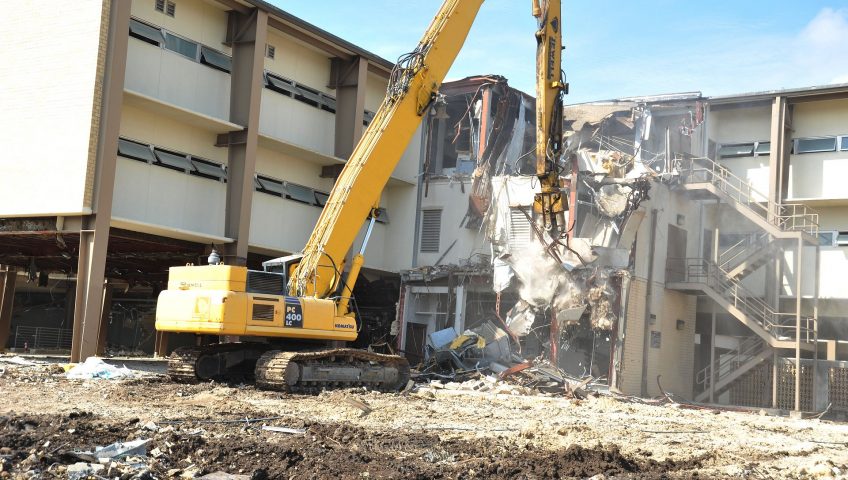
Top Tips For Recycling Rubble
Major renovations and construction projects are incredibly important and rewarding, but to start any building work, you need to get rid of anything currently erected on the land you plan to build on.
Demolitions are important, but they also create a lot of debris and rubble at the end, which needs to be cleared away and removed.
Effective demolition clearance is about recycling what you can, selling what you can and avoiding as much as possible ending up in a landfill. Here are some top tips for recycling the debris left after demolitions.
Check What You Can Recycle
Your local recycling centre will not accept bricks or rubble for recycling, and local authority kerbside schemes also won’t collect any extra materials.
Some parts of the rubble can be recycled that could be considered household waste, but it is important to check your local authority website to confirm what can and cannot be recycled before you take a trip to your nearest centre.
See What You Can Sell
There will always be people who need building materials, so if you have bricks and stones that have survived the demolition process, advertise in local papers or look for salvage companies and market places that specialise in buying building materials.
Reuse It
The bits and pieces can be used, either by you as part of other projects or as part of community initiatives.
Stones can be used to create garden features, whilst bricks and cinder blocks can be used to create bookshelves with the help of some leftover sheets of plywood.
As well as this, having a few bricks lying around can be useful for a smaller project, weighing down dustbin lids, or holding down nets and tarpaulins.
